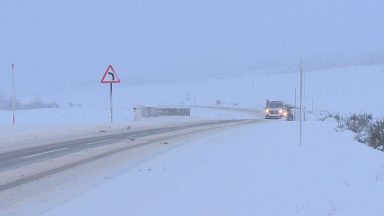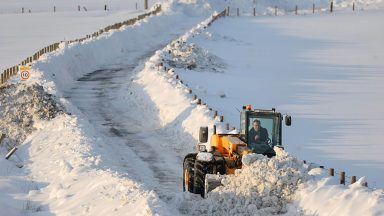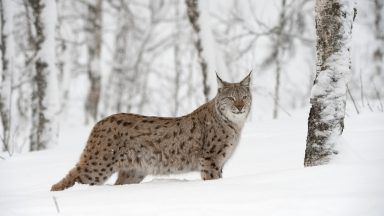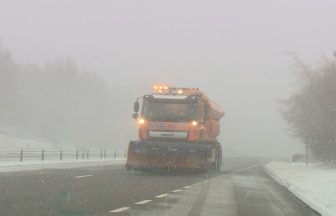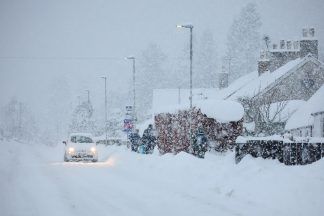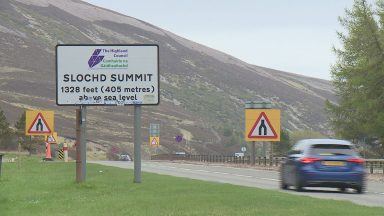Scots open to hosting beavers on their land have been asked to come forward as the population of “ecosystem engineers” continues to expand across Scotland.
NatureScot is calling on organisations, communities and land managers to help develop plans for future beaver releases across the country.
Efforts to establish the species in Scotland have proven successful, with the Cairngorms National Park confirmed the birth of two baby beavers last year.
The arrival of the kits marked the first birth of wild beavers in Scotland in 400 years after six groups were released in the upper Spey catchment.
Currently there are six catchments where beavers have either been officially granted permission to remain or have been released.
Populations are already established in Tayside, on the Forth, in Knapdale, Loch Lomond and the Cairngorms National Park. Two releases have also recently been approved in the Beauly catchment.
Dr Jenny Bryce, NatureScot’s beaver team manager, said: “Beavers are ecosystem engineers, creating habitats such as ponds and wetlands where other species thrive, as well as moderating water flows and improving water quality.”
She added that getting a clearer picture of where there is most interest will help the Scottish Beaver Advisory Group make the best use of resources and plan any future releases.
“By gathering information on areas of interest, we can help steer focused discussion of the locations with the most potential for successful conservation translocations,” Dr Bryce said.
The call comes after NatureScot published its annual Beaver Management Report covering April 2024 to March 2025.
Over the period, 102 beavers were removed under licence at 19 conflict sites, with the majority (79 or 77%) of these being trapped and moved.
Forty seven of the beavers were released in Scotland with families moved to both the Cairngorms and Loch Lomond and The Trossachs National Parks, as well as a small number of animals released to low conflict sites within Tayside.
A further 30 animals went to licenced projects in England and Wales. Two beavers died while being held in captive care.
Over the period, 23 beavers were killed under licence, significantly reduced from previous levels and reflecting the increased trapping and translocation effort by the Beaver Trust and Five Sisters Zoo, supported by NatureScot, as well as the willingness of land managers to use this non-lethal approach.
NatureScot also provided a Beaver Mitigation Scheme for land managers with 124 beaver mitigation cases logged over the period, and a total of 119 dams dismantled under licence.
Dr Bryce said welcomed the low number of beavers killed under licence, but recognised the numbers of the animals needing to be removed will vary as beavers continue to increase and expand their range.
“We expect the ongoing survey of beaver populations in the Tay and surrounding catchments will confirm there continues to be a healthy and expanding beaver population,” she said.
“Where any issues have arisen, our staff have been available to help with advice and support for mitigation measures. There is currently an opportunity to move beavers to new areas and we want to help enable this where it will bring benefits to people and nature.”
Anyone with an interest is asked to get in touch via the online webform before November 30.
Follow STV News on WhatsApp
Scan the QR code on your mobile device for all the latest news from around the country


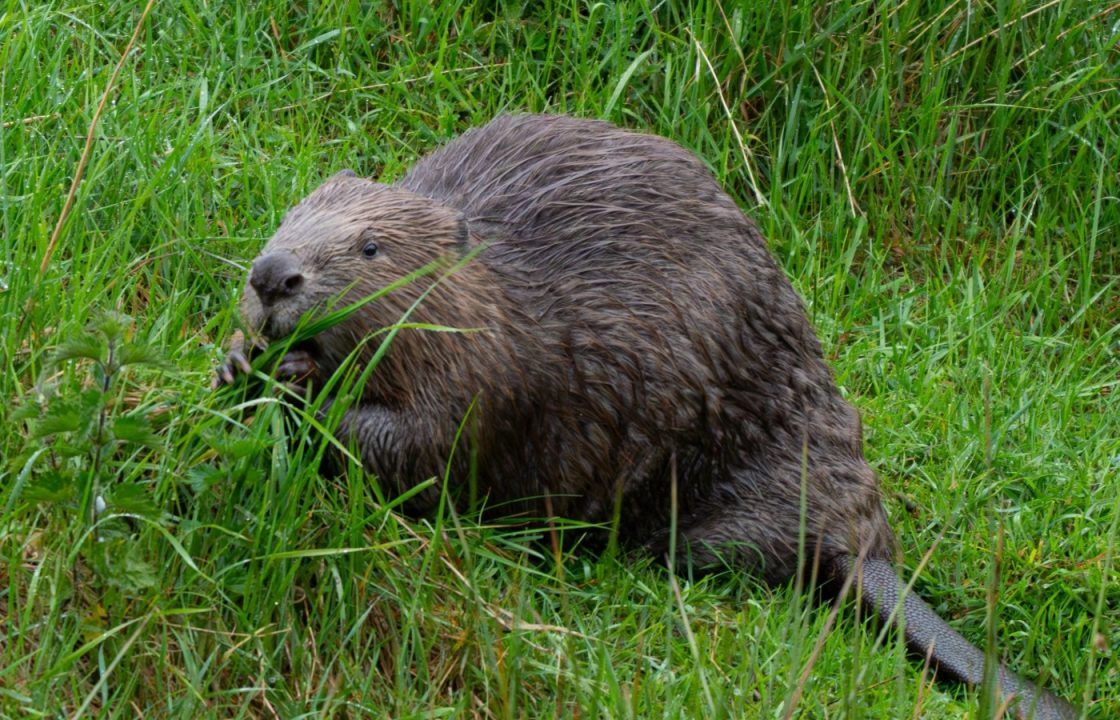 ©Libby Penman NatureScot
©Libby Penman NatureScot






